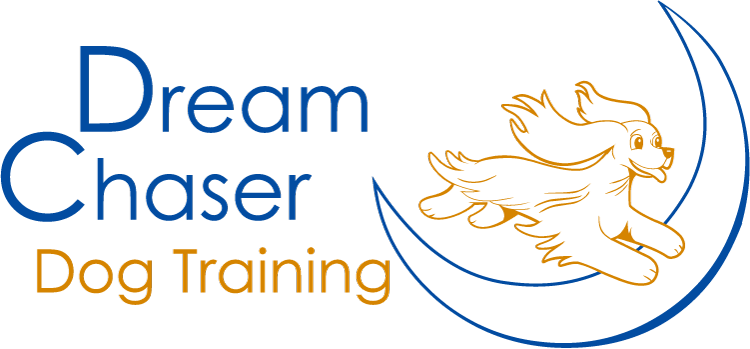Why’d You Teach That Skill?
Skills are essential! They give dogs tools to use in a complicated world and can actually give them more freedom because they’ll know how to navigate different environments and scenarios with you. They come to know what to expect and what is expected. Without them, dogs can be left on their own either guessing what they should do or trying to do what they want, when they want. That’s fine, until they want to chase a ball across a busy street and won’t stop when asked, even if there’s traffic.
Dachshund waiting at an open door
Think about skills carefully in the context of what you need your dog to understand and be able to do for you, whenever and wherever you need it. For me that first list of skills that I teach includes:
Respond to your name when I need your attention—this builds to a formal recall
Wait inside the front door when I pick up a package or someone comes in or goes out
Settle—this teaches “down” without trying, during family meals, while guests visit or when waiting at the animal hospital
Why these skills?
If a dog doesn’t respond to his name, you don’t have the dog’s attention. This is the foundation for every other skills that you will ever teach your dog.
Wait is one of my favorite skills. It’s not only a safety skill, it a convenience skill. On the safety side, your dog should wait when your outside front door is open and when you open the car door in a busy parking lot, until you release him, knowing that it’s safe to do so.
A dog who can’t settle and relax, when needed, is limited in where he can go. Dogs that can settle and relax when asked are calmer at the Vet’s office, can go to dinner at friend’s house, and can join you for an outdoor meal with friends.
Surprised that there’s no Sit? That would be next on my list as Sit is the foundational manners skill. It allows the dog to say “please” when he wants something and give him a skill to default to when he doesn’t know exactly what to do. And that can empower a dog.
With just these few skills, a dog will better connect to his owner, asking if it’s safe to move forward, sitting for a treat or attention and settling until released, no matter where he finds himself. And yes, after that I work on a formal recall with a sit in front, loose leash walking and down, even at a distance, etc.
Need help choosing or teaching your dog the most important skills? A Certified Professional Dog Trainer can help. Find one near you at https://www.ccpdt.org/.

